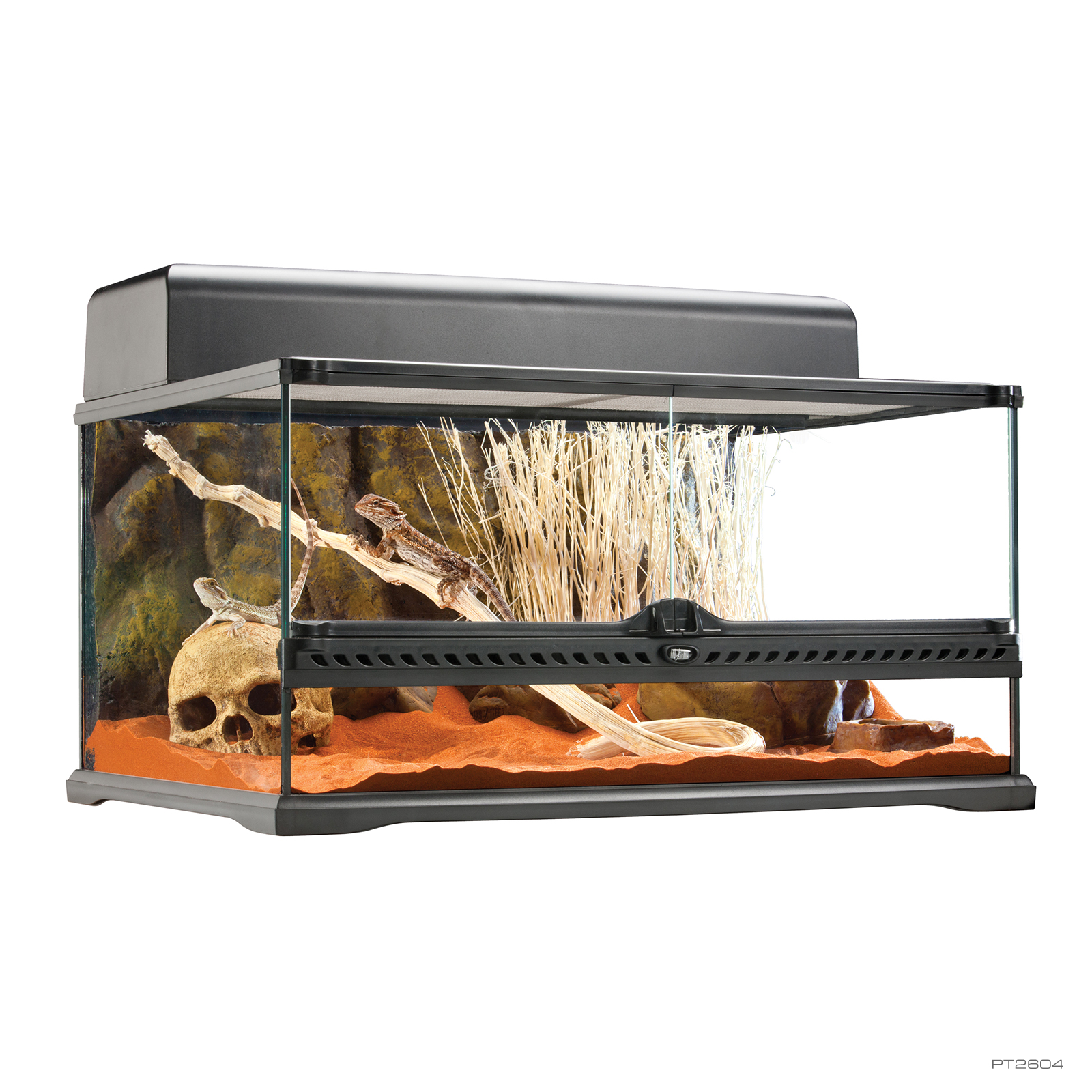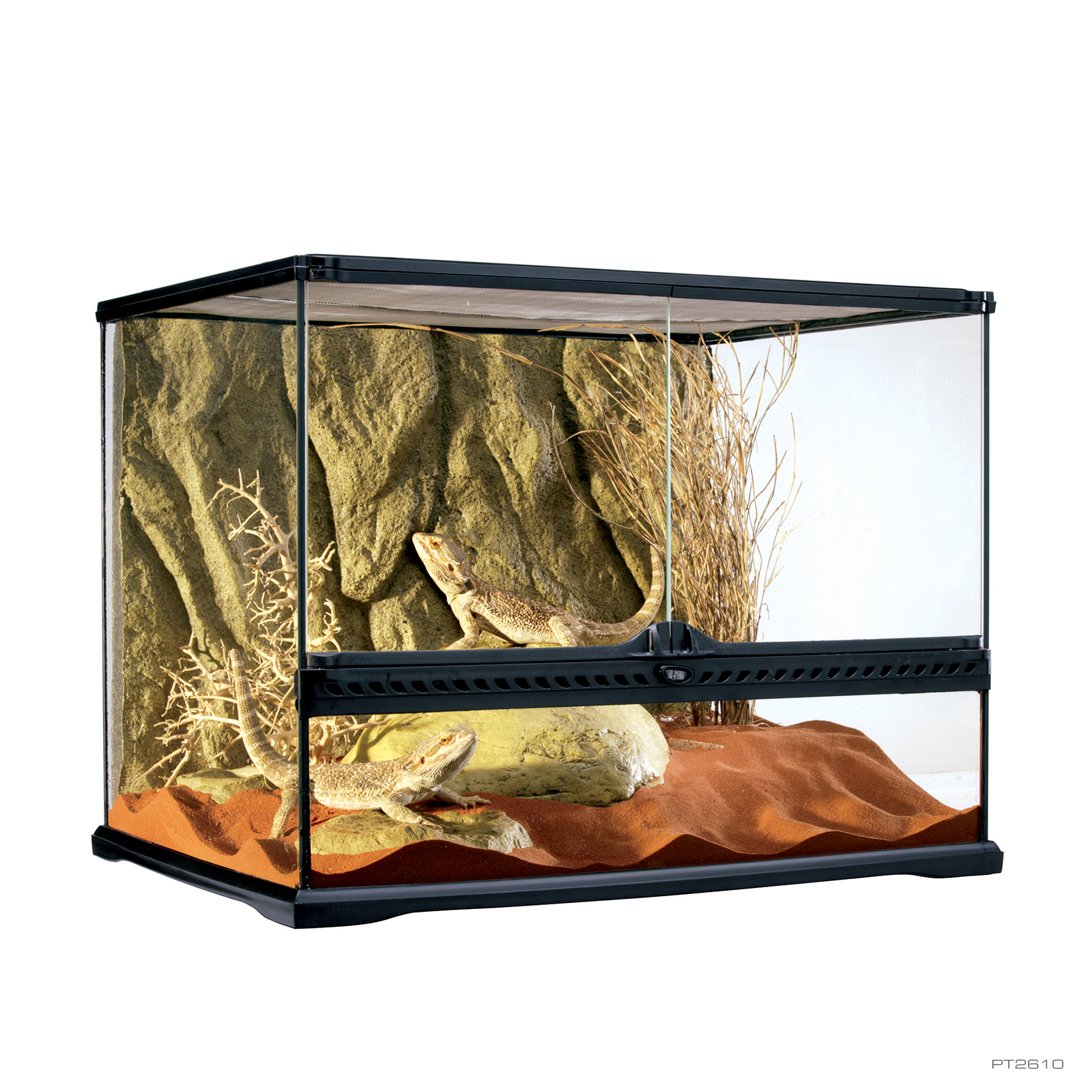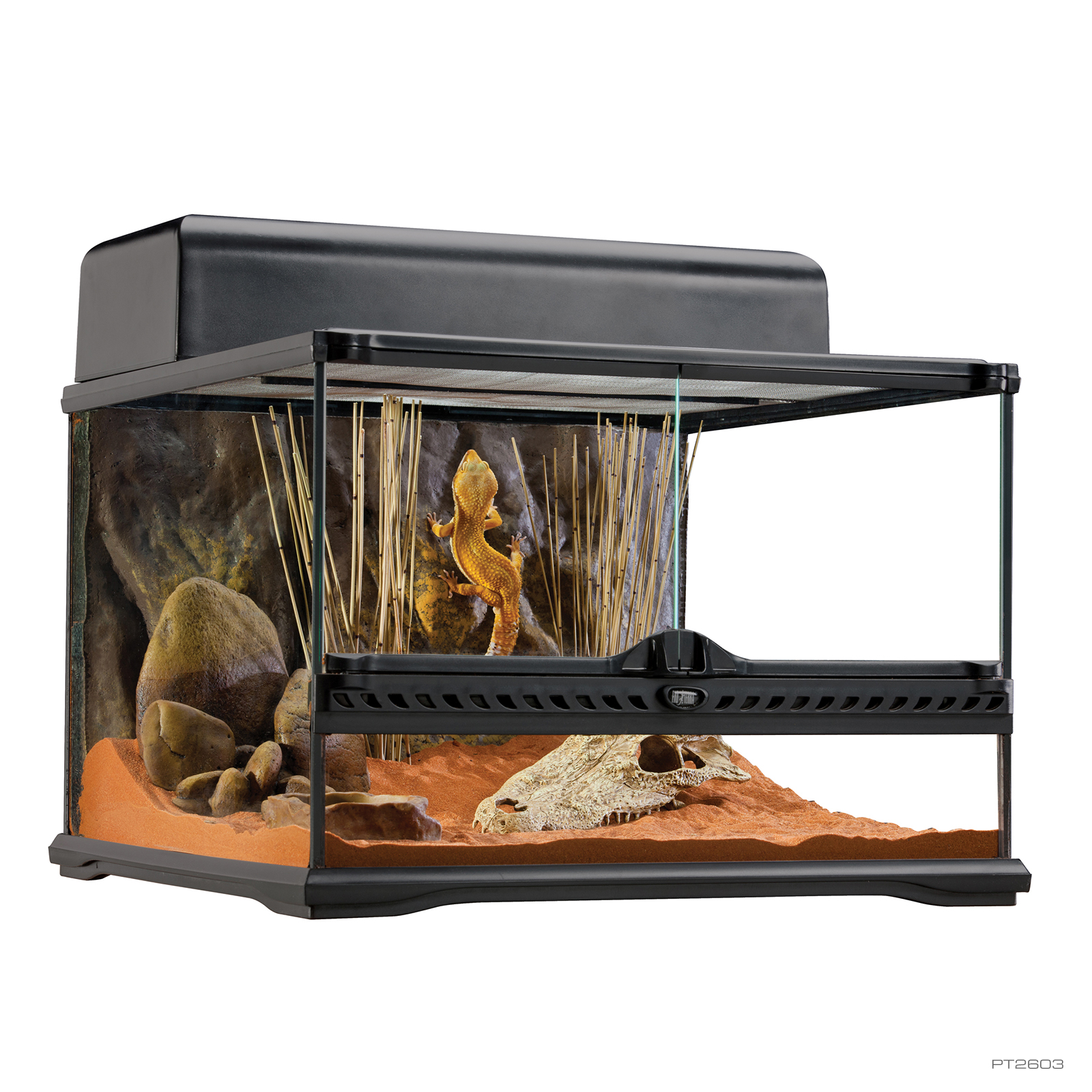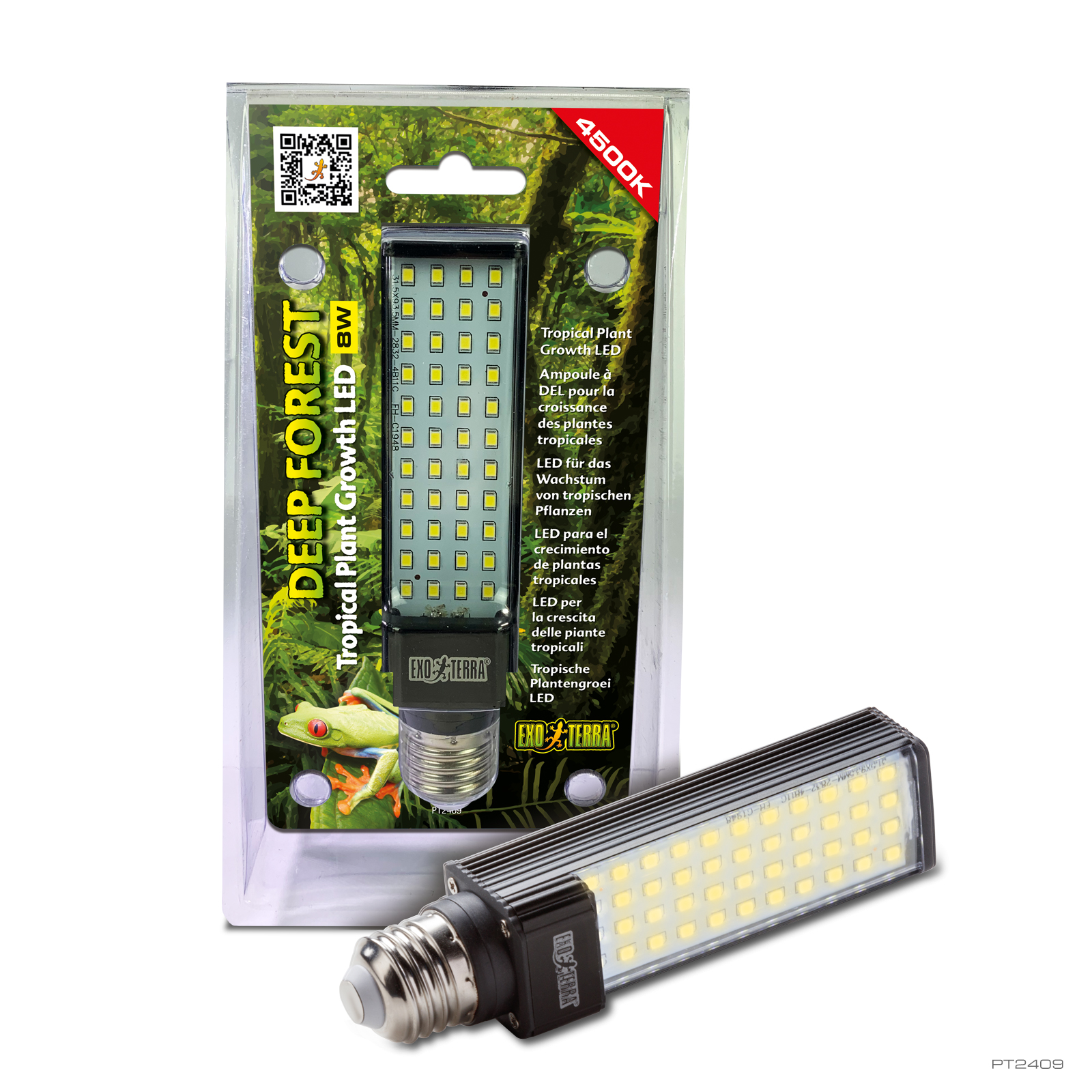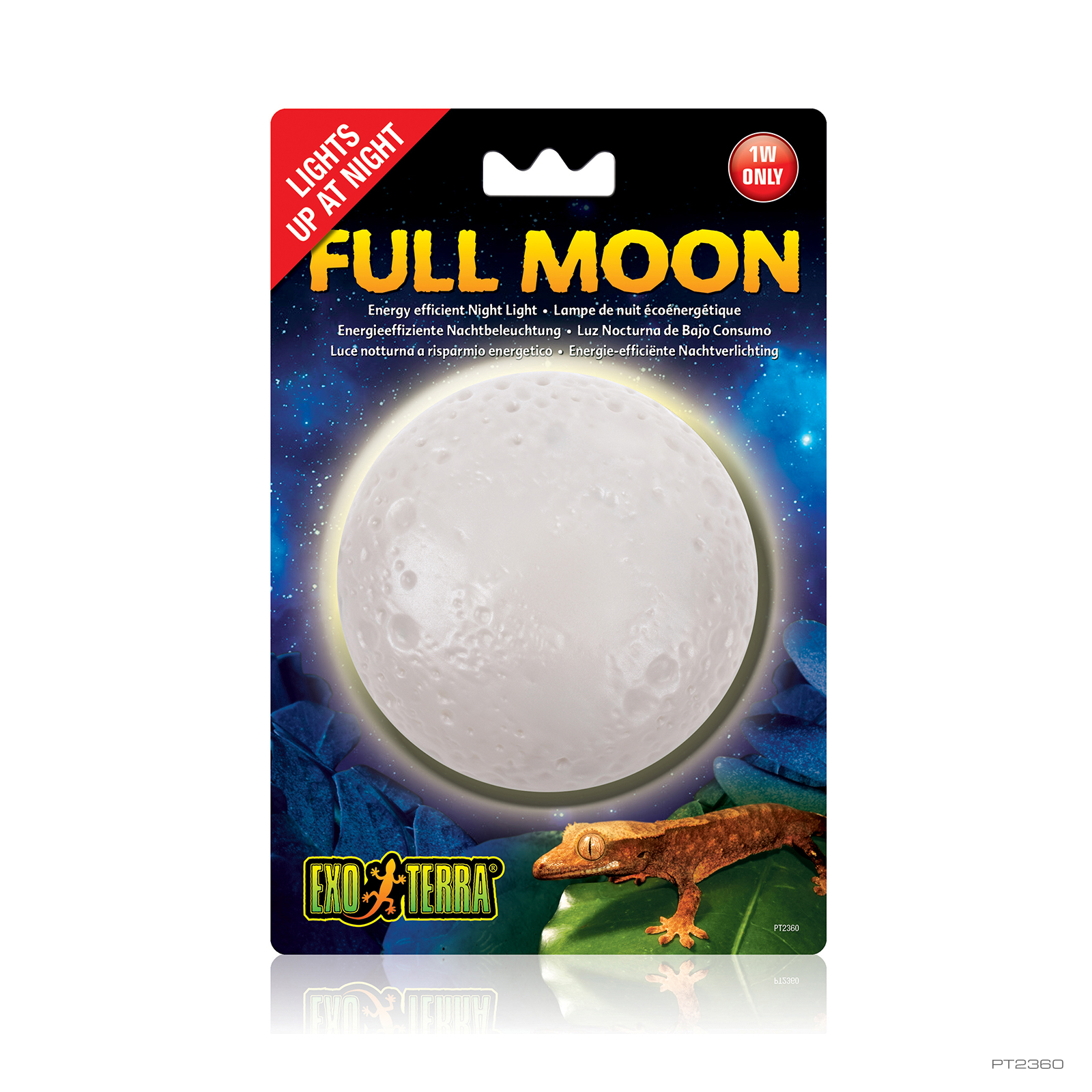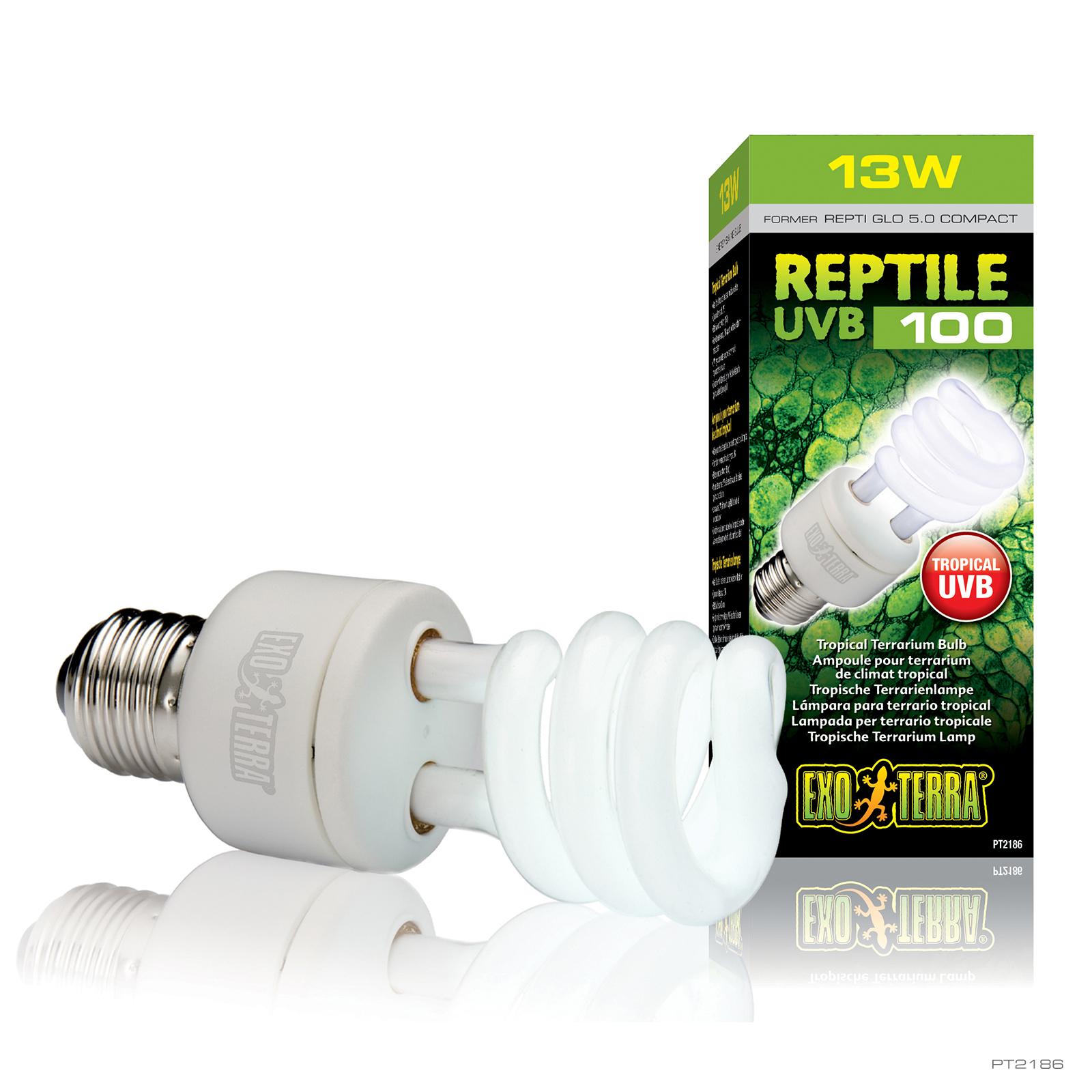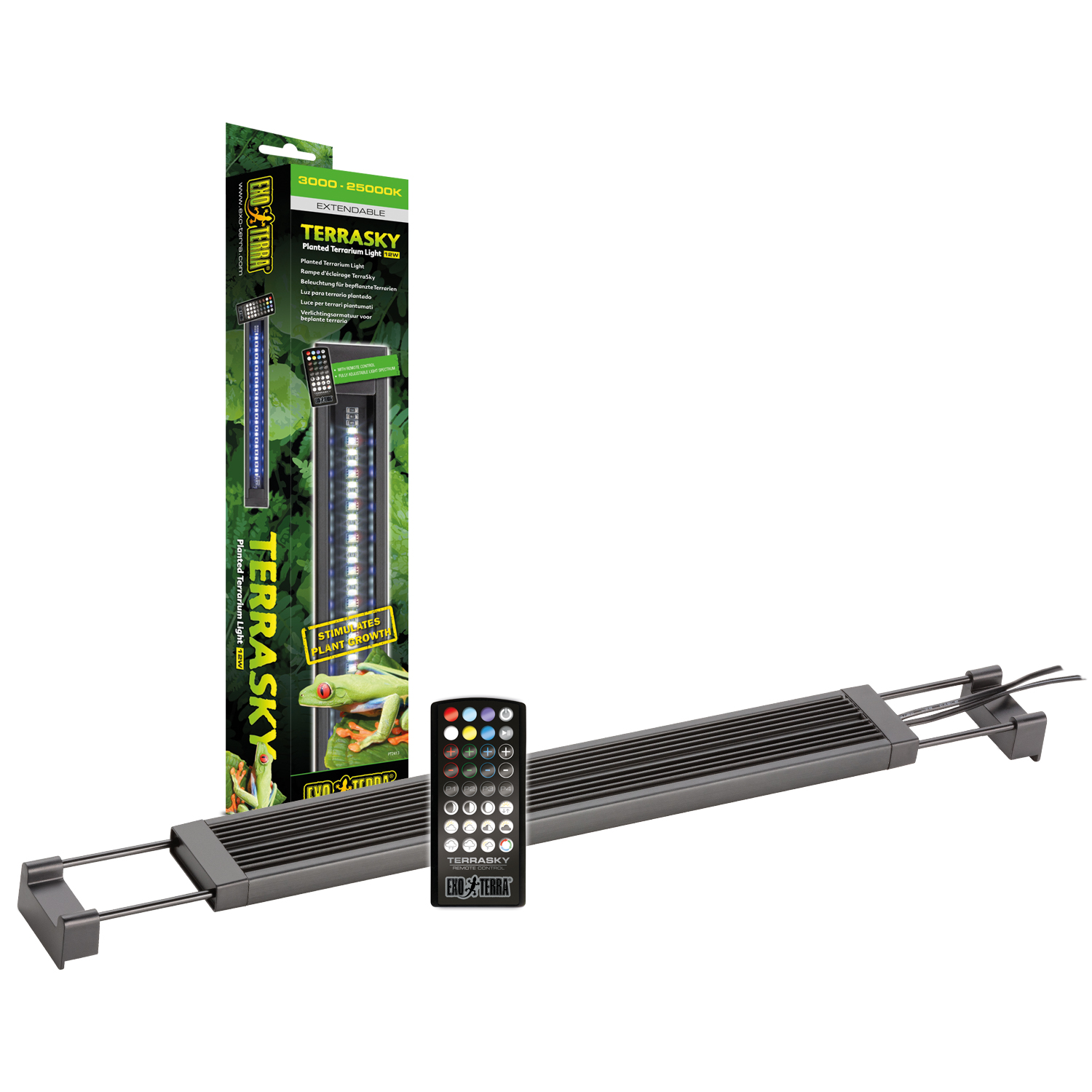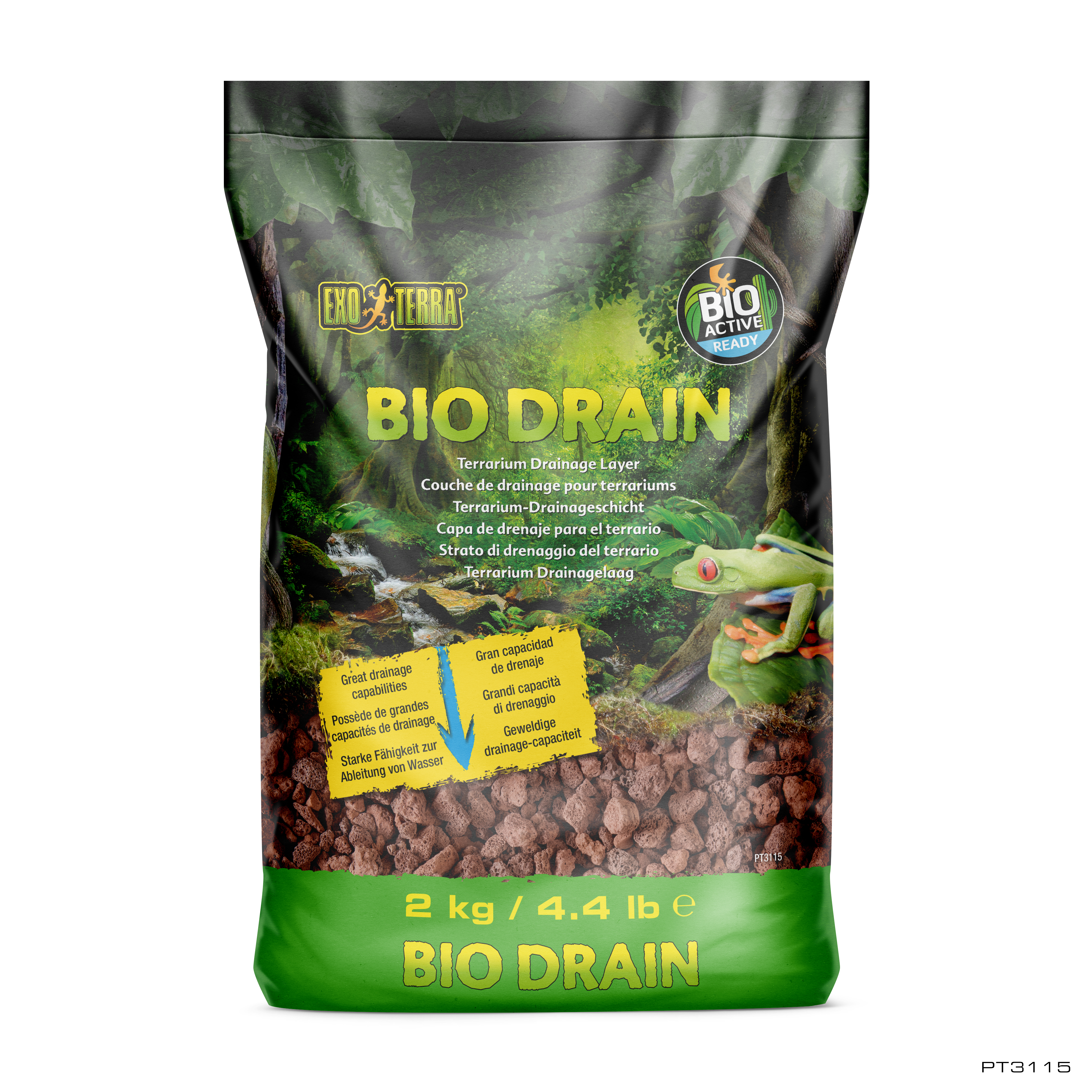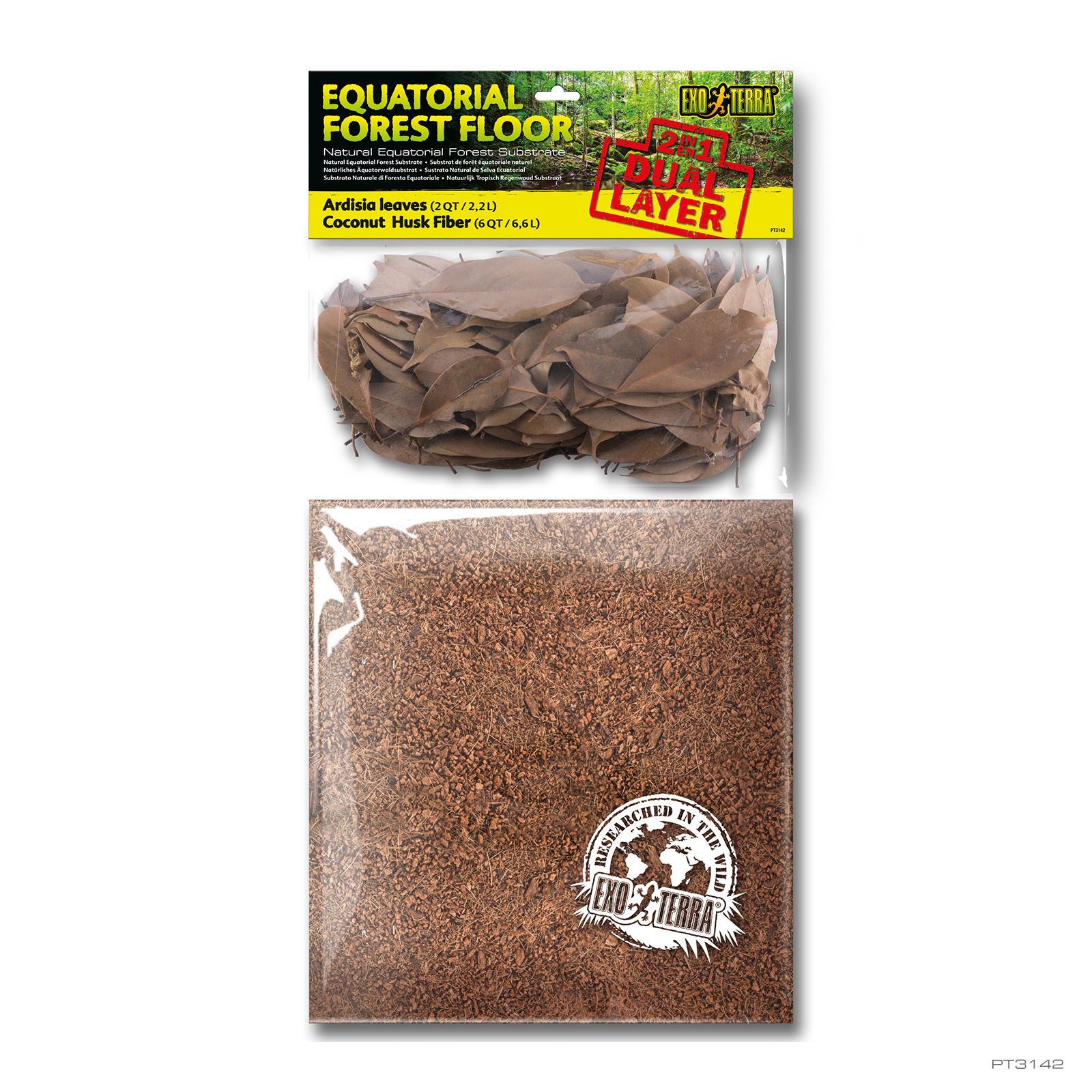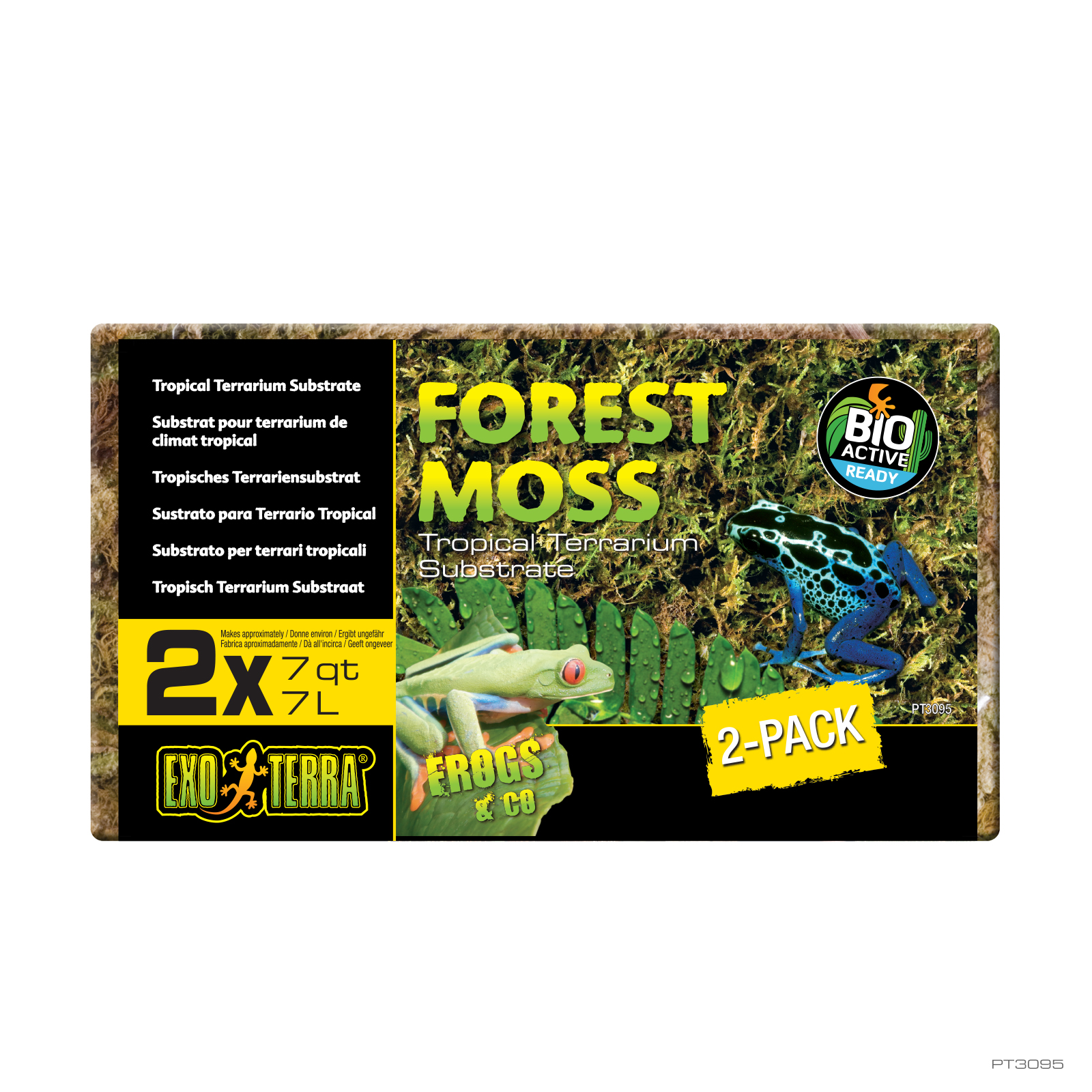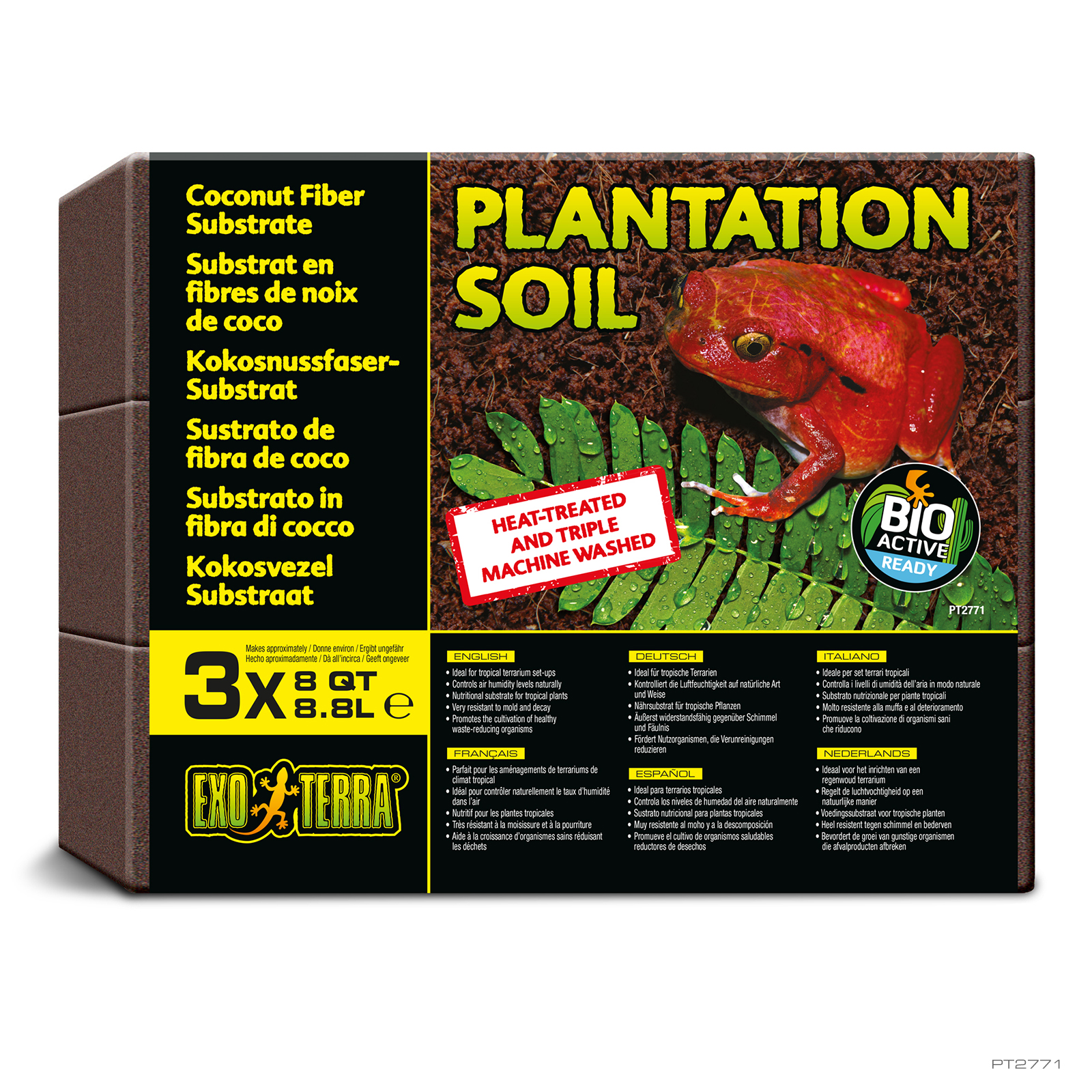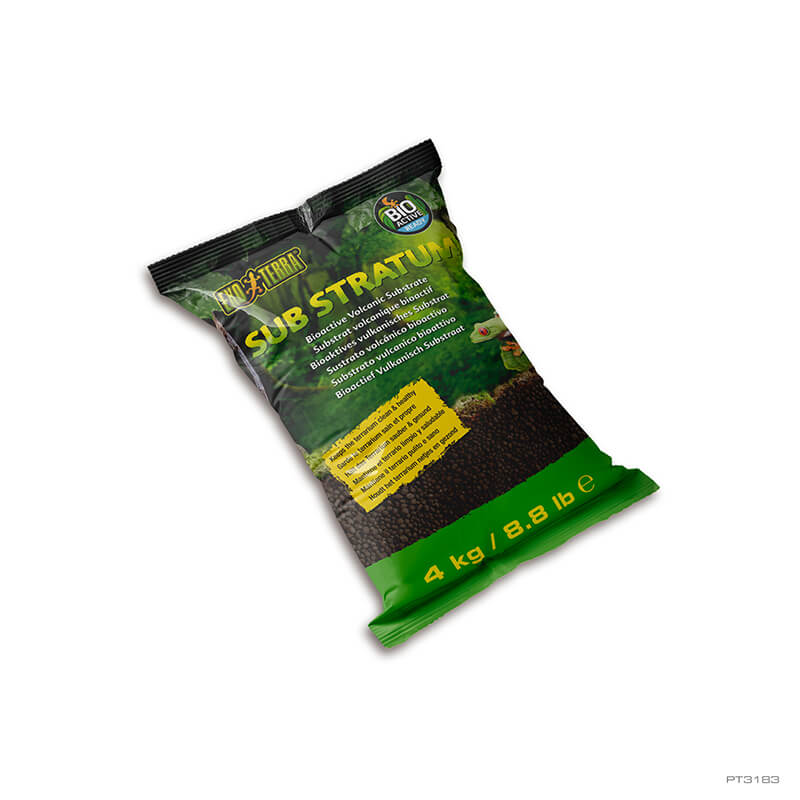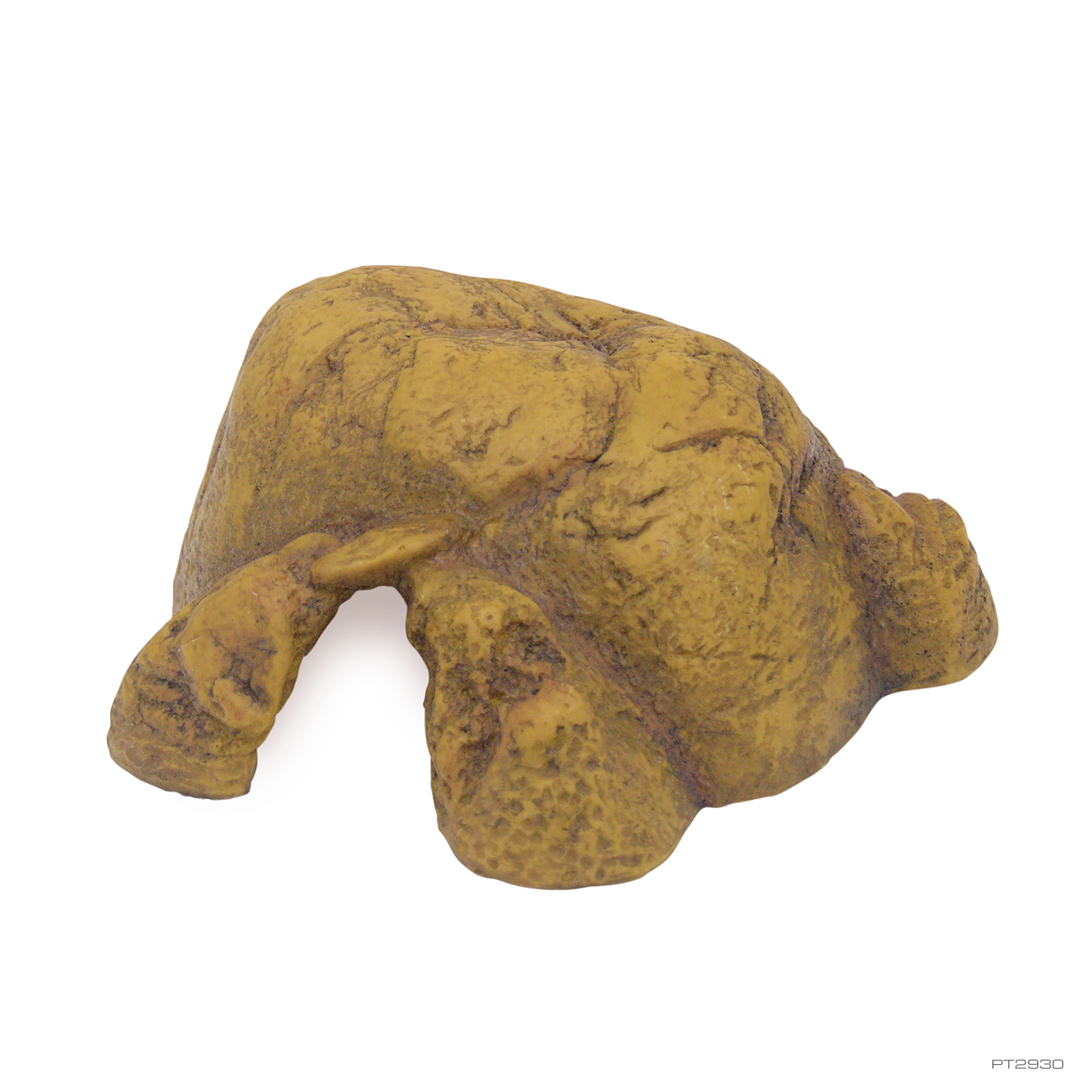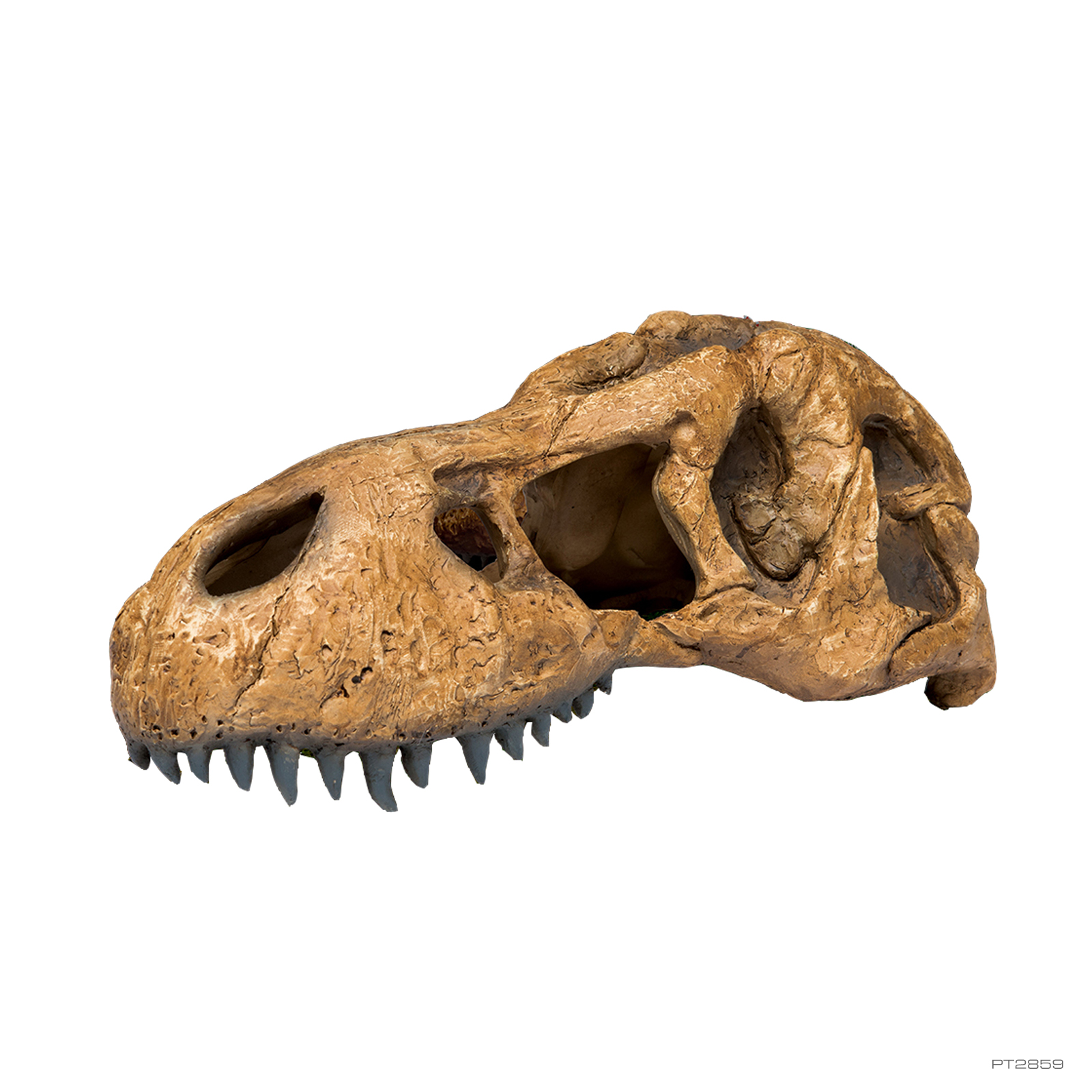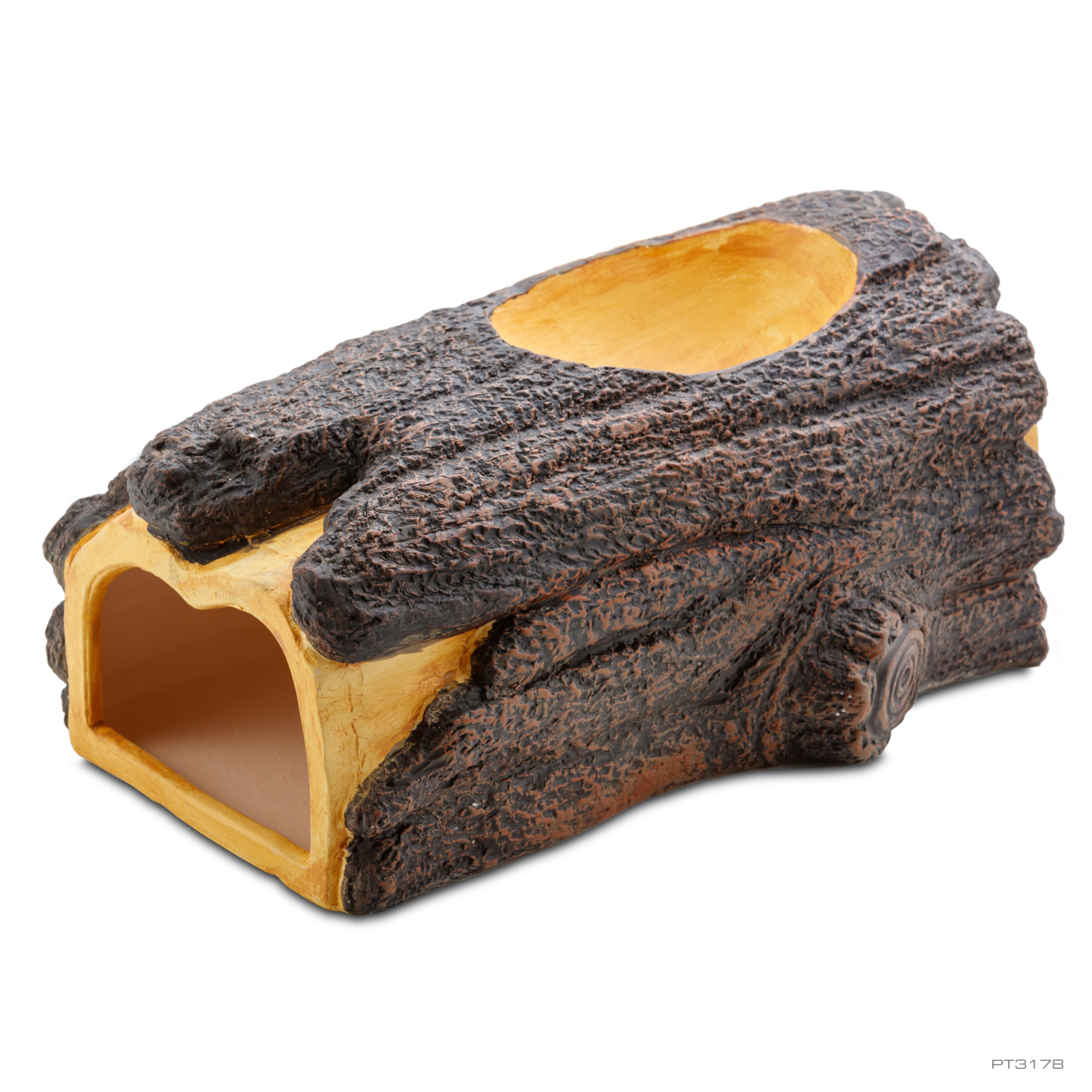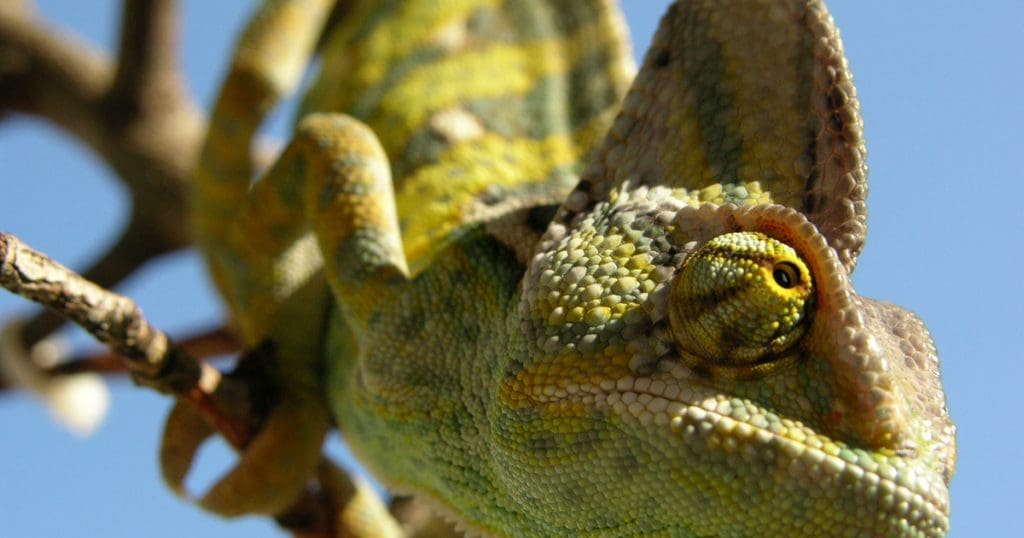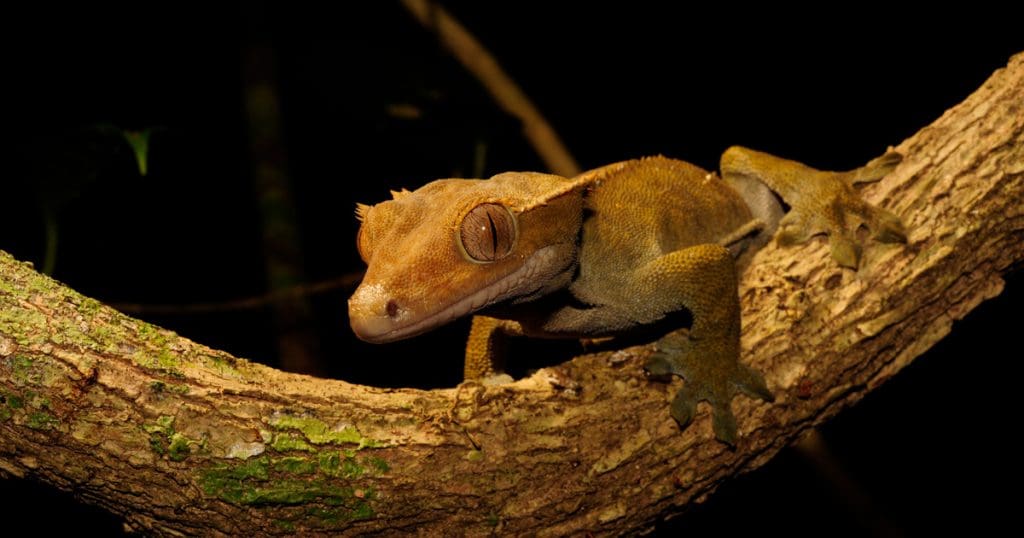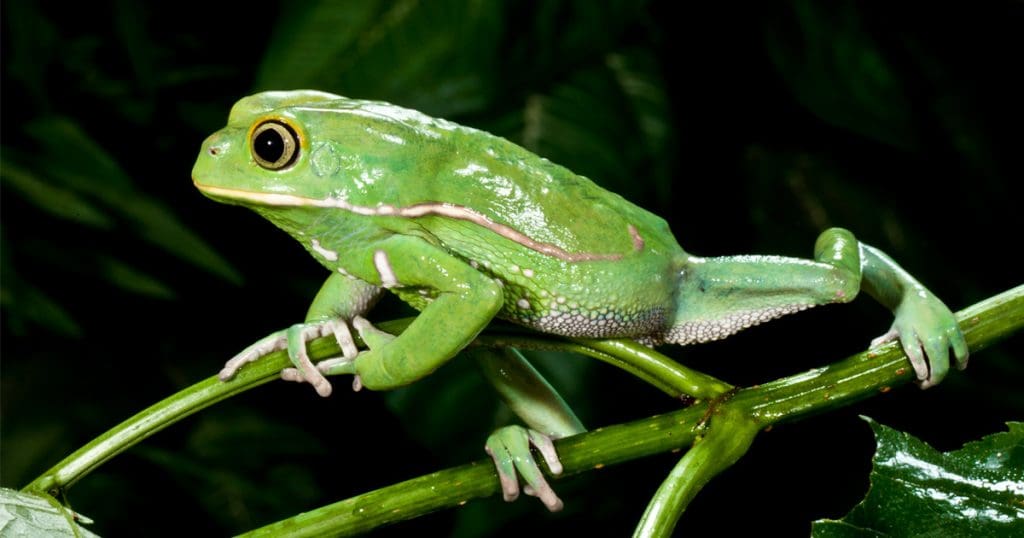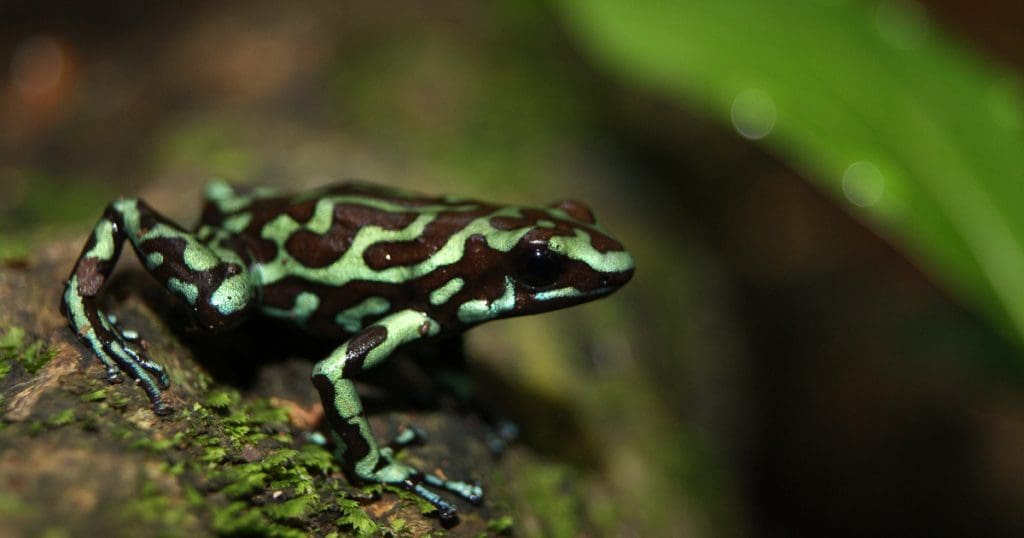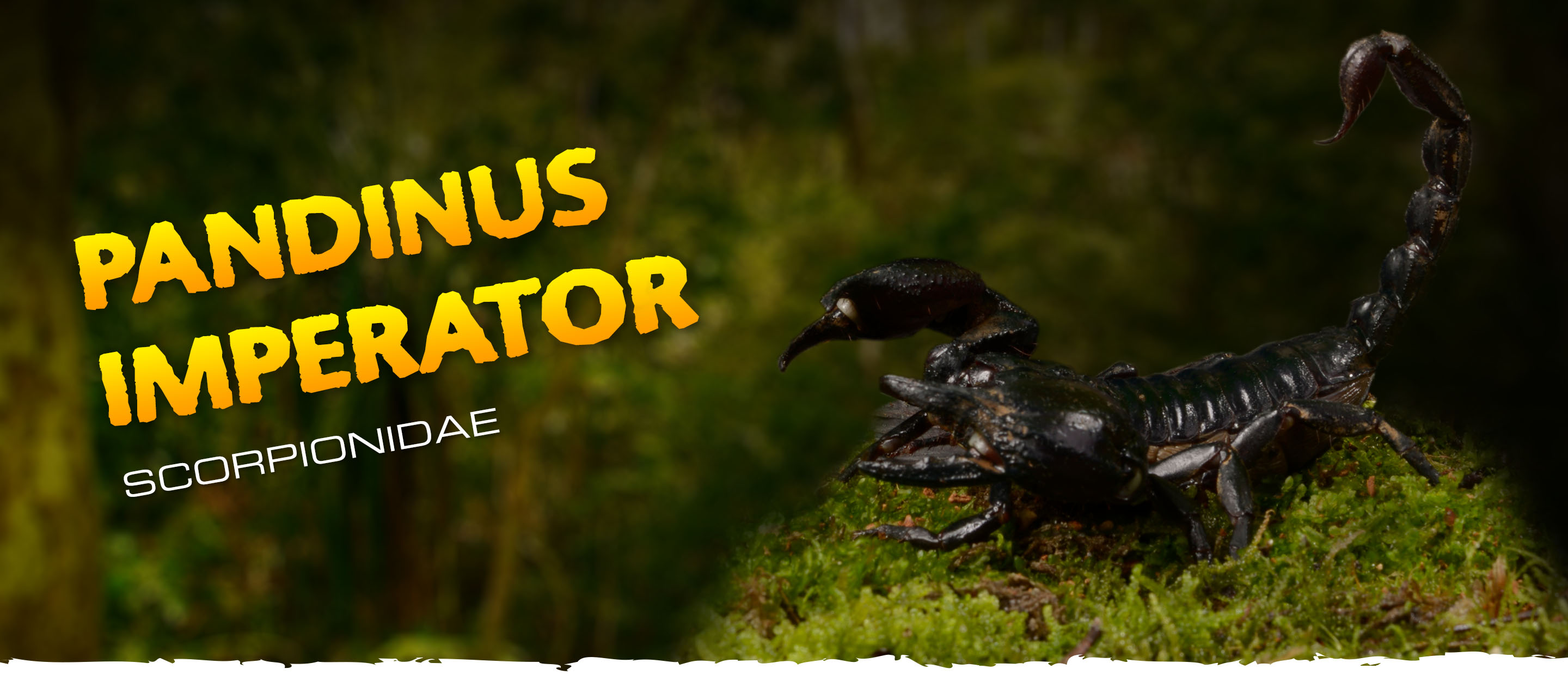
Pandinus imperator
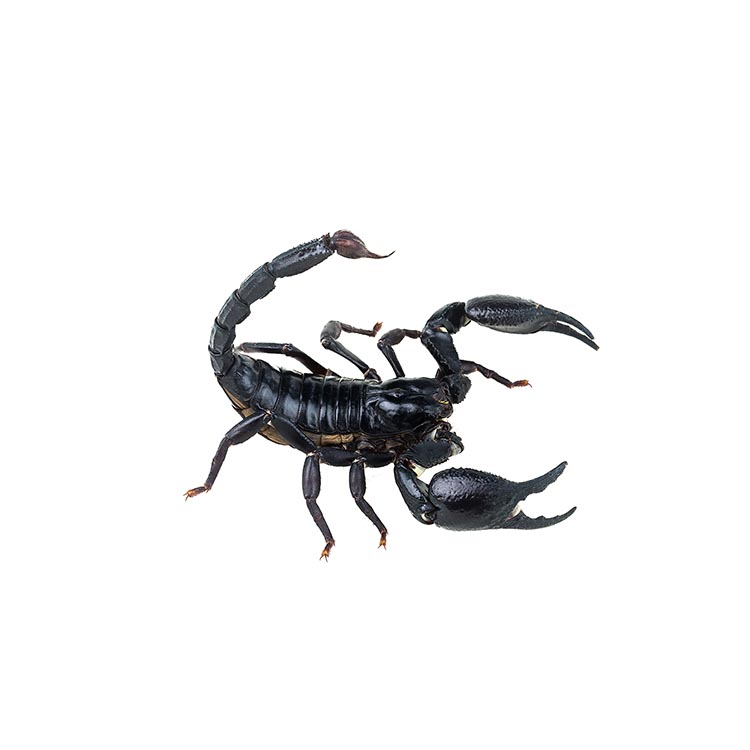

Emperor Scorpion
The Emperor Scorpion, scientifically known as Pandinus imperator, is one of the most recognizable arachnids in the world of terrarium invertebrates. Being one of the largest scorpion species, their impressive size and striking appearance have fascinated many arachnid enthusiasts.
Emperor Scorpions are indigenous to the tropical rainforests and savannas of West Africa. Their habitat includes countries such as Ghana, Togo, Benin, Nigeria, Cameroon, and the Ivory Coast. They are usually found in leaf litter and burrows, where they seek shelter from the bright sun and heat of the African day.
While Emperor Scorpions are typically solitary in the wild, some experienced keepers have managed to house them together. However, it's crucial to note that aggression and stress can arise in group settings, so it's recommended to keep them individually.

History

The Emperor Scorpion hails from the African continent and has a history intertwined with the myth and folklore of various African tribes. This arachnid's scientific name, Pandinus imperator, alludes to its regal appearance and dominance in the scorpion world. The Emperor Scorpion has a lineage that dates back millions of years, making it a living relic from a bygone era. Fossil records reveal that scorpions, in general, have been around for at least 430 million years, predating the existence of dinosaurs. The Emperor Scorpion, as a member of this ancient order, carries with it a legacy of survival and adaptation that is nothing short of awe-inspiring.
In recent history, these scorpions have gained popularity, primarily due to their striking appearance and manageable size. Their adaptation to captivity, docile nature (compared to many other scorpion species), and ease of care have made them a favored choice among arachnid enthusiasts.
Characteristics
Emperor Scorpions belong to the family Scorpionidae in the Genus Pandanus.
Emperor Scorpions are known for their docile and slow-moving nature. Their exoskeleton is jet black, but like other scorpions, it glows pastel green or blue under ultraviolet light. The long, segmented tail ends in a venomous stinger, a characteristic common to all scorpions. However, they are more likely to use their large, blackish-red, powerful pincers for defense rather than their venomous stinger.
Despite their intimidating appearance, Emperor Scorpions have relatively mild venom compared to some other scorpion species. Their stings are not life-threatening to humans, causing, at most, mild pain and localized swelling. Nonetheless, handling should be approached with caution, as some individuals may have allergic reactions to their venom.
Emperor Scorpions are known for their imposing size, with adults reaching lengths of up to 8 inches or 20 cm and weighing 30g.
In captivity, Emperor Scorpions typically have a lifespan of 6 to 8 years. However, with appropriate care and attention, they may live even longer.
Distribution
Emperor Scorpions are native to the tropical rainforests and savannas of West Africa. Their range is quite extensive and includes the countries Ghana, Togo, Benin, Nigeria, Cameroon, Ivory Coast, Burkina Faso, Gambia, Guinea, Guinea-Bissau, Liberia, Mali, Senegal, and Sierra Leone.
In the Wild
In the wild, Emperor Scorpions are typically found on the forest floor, where they burrow into the soil and hide under logs and rocks, and in leaf litter. The bright sun and high temperatures of the African day make them seek shelter to protect themselves from the heat. Being primarily terrestrial creatures they rarely climb. Their habitat consists of a mix of moist and dry environments, but they prefer areas with adequate humidity to prevent desiccation.
Emperor Scorpions are predominantly nocturnal hunters. Under the shroud of darkness, they emerge from their burrows in search of prey. The tail and pincers are covered with sensory hairs, enabling the detection of prey through vibrations. Emperor scorpions are opportunistic predators: their diet primarily consists of insects, other arachnids, and, on occasion, small vertebrates like lizards and rodents. A large portion of their wild diet consists of termites: in order to catch them, they are known to burrow through termite mounds up to 6 feet deep. Their large claws help in tearing apart prey while their tail stinger injects venom at the same time for liquifying food. Juveniles mostly rely on their venomous sting to paralyze prey while adults use their large claws to catch and tear the prey apart.

In the Terrarium
During the day, Emperor Scorpions tend to rest. When creating a terrarium for Emperor Scorpions, it's crucial to replicate their natural day-night cycle. By respecting their nocturnal tendencies, you minimize their stress and provide an environment where they can thrive.
As Emperor Scorpions are mainly terrestrial, they are not inclined to climb like some other scorpion species. Therefore, when designing a terrarium for them, it's essential to prioritize horizontal space and provide a substrate that allows them to burrow.
While Emperor Scorpions are typically solitary in the wild, some experienced keepers have successfully housed multiple Emperor Scorpions together. However, given the potential for aggression and stress, it is recommended to keep them individually or in carefully monitored pairs. It's important to remember that the priority is to ensure the well-being and comfort of these arachnids in captivity. When housing multiple animals together, it is essential to provide a larger enclosure, adequate nourishment, and plenty of hiding spots.
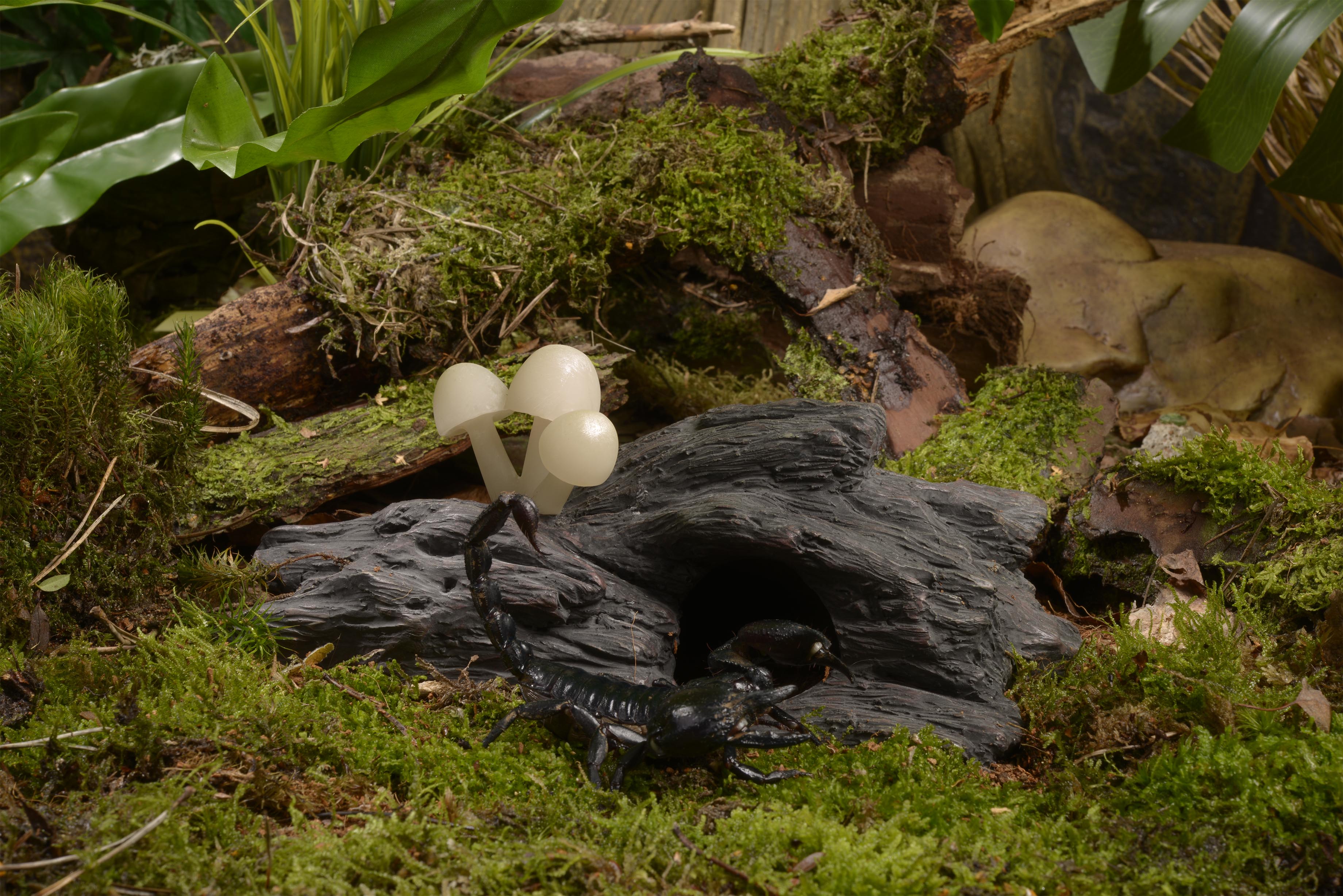
Terrarium
Exo Terra® Natural Terrariums, designed by European herpetologists, offer several housing options for Emperor Scorpions. These glass terrariums feature front-opening doors, allowing easy access for maintenance and feeding, and a unique double ventilation system with full-screen stainless steel top. The full-screen top ventilation allows UVB and infrared penetration and is completely removable for easy access while decorating or cleaning. In the back of the screen cover are 5 closable wire or tube inlets on both sides to facilitate the installation of powered accessories.
To thwart any audacious escape attempts, it is imperative the enclosure is adequately sealed and has a secure lid. Emperor Scorpions have a knack for escaping when presented with the opportunity. The Exo Terra Natural Terrariums feature easy-twist screen cover locks and a specifically designed door lock to prevent escape.
The Exo Terra® Natural Terrariums Small/Low, Small/Wide, Medium/Low, and Medium/Wide have good ventilation and adequate floor space to house a single or pair of Emperor Scorpions. You can set up a bioactive setup or opt for a simpler one consisting of an Exo Terra® Low Terrarium with a mix of Exo Terra® Plantation Soil and Forest Moss as a substrate, an Invertebrate Water Dish, and Glow Mushrooms, or any other decorative Exo Terra® hide-out.
For one or two Emperor Scorpions, a 45*45*30 terrarium is suitable. Larger enclosures can be provided for more scorpions or to create a more elaborate habitat.
For one or two Emperor Scorpions, a 45*45*30 terrarium is suitable. Larger enclosures can be provided for more scorpions or to create a more elaborate habitat.
DISCLAIMER In regard to the pet species and number of specimens to be kept in a terrarium, always comply with the species specific Rules and Regulations in your Country of residence.
DISCLAIMER The terrarium should be placed in a room receiving only indirect light from windows. Do not place the Terrarium near a window where it can receive direct sunlight, as this could cause the terrarium to overheat and stress or kill your Red-Eyed Tree Frogs.
Lighting
Emperor scorpions are nocturnal and will spend most of the day resting in leaf litter or hide-outs. When the light levels in the enclosure are low, they might occasionally venture out of their hiding places. The terrarium should be placed in a dark room or a room receiving indirect light from windows and should never be placed near a window where it can receive direct sunlight. This could cause it to overheat and stress or kill your scorpions.
To ensure the well-being of your scorpions and promote the growth of live plants, it's important to maintain a 12-hour day/night cycle. Emperor Scorpions don't require UVB lighting, and you can provide appropriate light using the Exo Terra® TerraSky Planted Terrarium Light. This lighting system is perfect for planted setups and bioactive terrariums, as its high intensity and enhanced penetration ensure that the light reaches all levels of the terrarium. As a result, you can expect to see sustained, lush plant growth. The TerraSky Planted Terrarium Light's strong Photosynthetic Active Radiation (PAR) makes it an ideal choice for growing orchids, bromeliads, tillandsias (air plants), carnivorous plants, mosses, and lichen. The light also provides a nice, even illumination with a 120-degree dispersion, which ensures that the entire area is well-lit and avoids dark spots.
To observe your animals during the night, several lighting options are available. The Exo Terra® Full Moon simulates natural moonlight in your terrarium. The Full Moon is a LED fixture that mimics a moonlight shimmer which enables you to observe your animals at night without disturbing their natural behavior. The Exo Terra® Scorpion Light adds a whole new dimension to keeping invertebrates. The Scorpion Light LED fixture provides a soft ultraviolet light, similar to the UV rays reflected by the moon’s surface. Ultraviolet light makes certain scorpions, spiders, and insects glow in the dark, and it will light up certain spider webs and instigate spider mating behavior. For screw-base fixtures on the other hand, there is the Exo Terra Moonlight UVA LED bulb which provides a soft ultraviolet light, similar to that of the Scorpion Light.
Heating
Monitoring
During the day, an average relative humidity of 60-80% and terrarium temperature of 75-85°F or 24-29°C should be maintained. At night, humidity can rise to about 90% while the terrarium temperature can drop to 68-75°F or 20-24°C. Use the Exo Terra® Digital or Analog Thermometers and Hygrometers to help you monitor the terrarium conditions and adjust the temperature and relative humidity to meet the needs of the animals.
For more security and peace of mind, the Exo Terra® Thermostats or Thermostat & Hygrostat will help to prevent overheating and undercooling during hot summer days or cold winter nights. Apart from the temperature, the Exo Terra® Thermostat & Hygrostat will also keep the humidity at the desired level, if used in combination with an Exo Terra® Humidifier or Fogger. With the Exo Terra® Thermostats or Thermostat & Hygrostat, you can create a well-controlled heating/humidifying system that allows you to maintain the required temperature and/or humidity conditions similar to those found in your animal's environment.
Substrates
One of the most intriguing behaviors exhibited by Emperor Scorpions in the wild is their affinity for burrowing. This adaptation serves multiple crucial purposes, including temperature regulation, humidity maintenance, and a means of seeking refuge from predators. As burrowing is an integral part of their natural behavior, offering a suitable burrowing substrate is crucial for the well-being and enrichment of their habitat.
Provide a substrate layer of 2-4 inches. A top layer of Exo Terra® Equatorial Forest Floor or Forest Moss will facilitate the substrate's moisture retention and prevent it from drying out. The Ardisia leaves or forest moss will provide hiding spots and at the same time, facilitate the natural ecosystem where beneficial organisms will break down waste products and thus reduce odors. For the bottom layer, which will serve as the main burrowing substrate, use Exo Terra® Plantation Soil or a mixture of Plantation Soil with Exo Terra® Forest Moss. The Exo Terra® substrates will help maintain the substrate moisture at an optimal level. They are totally safe for use with frogs, salamanders, invertebrates and any other burrowing or digging animals.
The Exo Terra® Equatorial Forest Floor is a multi-layer substrate that allows you to recreate the forest floor as found in natural equatorial forests. The Equatorial Forest Floor provides a base layer and a top layer. The base layer consists of a rich organic matter from ground coconut husk fiber. It is a 100% natural, ecological and biodegradable substrate with great hygroscopic properties. The top layer consists of sun-dried decorative Ardisia leaves from a sustainable resource. The top layer covers the actual substrate underneath to facilitate its moisture retention and prevent the soil from drying out.
The Exo Terra® Forest Moss is real compressed moss grown in tropical Asia and does not contain any dyes or chemicals. This ecological substrate is extremely absorbent and ideal for increasing humidity in the terrarium.
The Exo Terra® Plantation Soil is a 100% natural, biodegradable terrarium substrate made from sustainable, ground coconut husk fiber grown on plantations in tropical Asia. The excellent hygroscopic properties of this ecological substrate regulate the terrarium’s humidity in a natural way. The unique coir pith used for the Exo Terra® Plantation Soil consists of a mixture of short fibers and coco-peat grain sizes ranging from coarse granules to fine clumps resulting in improved soil drainage and aeration. The improved aeration of the substrate promotes the cultivation of healthy waste-reducing organisms keeping your terrarium fresh and clean.
Make sure to offer different gradients of moisture inside the terrarium. One side of the enclosure should be kept rather moist while the other part is kept somewhat drier. Try to vary the moisture depending on the season, spray more frequently during the warmer parts of the year.
Plants
Including plants in your Emperor Scorpion terrarium not only enriches the environment but also contributes to a more visually appealing enclosure. A combination of live plants and Exo Terra®'s artificial plants allows you to fully plant a terrarium, even in the hotter and drier parts.
Carefully selected live plants can thrive in terrarium conditions and provide added natural beauty without posing risks to your scorpions. Remember to monitor the plants' condition and adjust care as necessary to ensure their well-being and longevity in the terrarium. Many hobbyists choose to introduce live plants in pots that are buried in the substrate and concealed with decor items, like cork bark or rocks. The Exo Terra® Snake Bowl can be used as a decorative planting pot. Its extra deep design makes it suitable for small to medium live terrarium plants.
DISCLAIMER Make sure the plants have no pests before introduction and rinse leaves thoroughly to remove any pesticide residues.
Exo Terra® offers a wide range of artificial plants with the same advantages as live plants; they're decorative, they provide shade, and they create hiding spots and visual barriers to let your Scorpions experience an increased feeling of safety and reduced stress. Exo Terra®'s artificial plants are exact copies of their natural counterparts to blend in well with live plants but are much easier to maintain.
Another great addition to the terrarium display is natural branches like the Exo Terra® Forest Branches. Depending on how they are positioned inside the terrarium, branches will offer hiding and/or climbing options.
Hide Outs
Since Emperor Scorpions are terrestrial, the ideal hide-out is a ground-level cave. Offer multiple hiding spots on both the humid and the dry part of the enclosure. Exo Terra® offers various forms of hide-outs to match everyone’s taste, but the main goal is always to provide a safe refuge for your Emperor Scorpion to hide and sleep during daylight hours. Whether you like the more natural-looking Reptile Caves, or you prefer the Glow Mushrooms, Skulls, or other designs, always make sure that the moisture inside at least one of the hides is somewhat higher (60-70%) than the average humidity in the terrarium.
Exo Terra® also created various ceramic caves designed specifically to facilitate recreating that natural micro-climate. The eco-friendly Exo Terra® Wet Rock & Wet Log Ceramic Caves offer your reptiles, amphibians or invertebrates a secure place to hide and sleep, while the moist microclimate will support thermo-regulation, hydration, and aid the natural shedding process. The unique hygroscopic properties of the ceramic material regulate the cave’s humidity and temperature in a natural way by absorbing and slowly releasing moisture from the water reservoir.
Decor
Landscaping a terrarium will encourage activity and exploratory behaviors. Next to the necessary items like plants, vines, and hide-outs - the terrarium can be “beautified” with some additional decor items. Add some natural elements like leaf litter, twigs, and rocks to replicate the scorpion's natural habitat. Care however needs to be given to not over-clutter the open space in the terrarium.
Exo Terra® offers a wide variety of innovative decor items like Skulls, Waterfalls, Ground Plants, etc - all of which add next to personalizing accents, some more environment enrichment and features.
Nutrition
Feed your Emperor Scorpion 2-3 times a week, offering a variety of gut-loaded prey items such as crickets, roaches, mealworms, and occasionally small vertebrate prey. Ensure the prey is appropriately sized, not exceeding the scorpion's width. Dust prey items with a calcium and vitamin supplement once a week to ensure proper nutrition.
Properly disposing of uneaten prey is crucial for the health and safety of your pet. Remember to always remove any uneaten prey 24 hours after offering it.
Water
A shallow Water Dish with clean, dechlorinated water should be available at all times. Exo Terra® Water Dishes have a natural appearance and allow for easy cleaning and disinfection. Invertebrates can easily escape out of the Water Dish with the ‘safety steps’ inside the bowl. The Exo Terra® Invertebrate Water Dish is equipped with a precisely fitting sponge, which will effectively eliminate the risk of drowning for even the smallest insects and invertebrates.
Always treat tap water with Exo Terra® Aquatize to remove harmful heavy metals, chlorine and chloramines, necessary to provide safe healthy water.
In addition to a water dish, the terrarium should be lightly misted daily, using an Exo Terra® Mister or Monsoon Solo, preferably with purified or distilled water to prevent the buildup of mineral stains on the glass sides. This will help maintain the 60-80% relative humidity levels this species prefers. Frequent misting helps stimulate breeding behavior and is a necessity when housing live tropical plants such as Bromeliads, ferns, orchids, etc.
Maintenance
Daily routine:
1. Check the overall well-being of your animals, are they agile, did they lose weight, etc.
2. Check the terrarium temperatures & humidity
3. If spraying is automated with a Monsoon, check if there's still sufficient water in the reservoir
4. Clean the Water Dish thoroughly and provide clean fresh water
5. Spot-clean the terrarium; remove feces and soiled substrate, dead insects and uneaten food to prevent harmful bacteria from building up
Weekly routine:
1. Remove and clean hard surfaces if soiled
2. If live plants are used in the terrarium, water these once a week
3. Clean the inside glass and decoration with plain water to remove any waste matter. The outside (NEVER the inside) glass can be cleaned with a paper towel and window cleaner
For a more thorough cleaning, remove all the decor pieces and clean these with warm water. Always keep a keen eye on the substrate; as long as the substrate is not degrading or does not have a foul odor, the spot-cleaning process is sufficient. Once the substrate starts to degrade or spreads a foul odor, it needs to be replaced completely.
Breeding
Breeding Emperor Scorpions (Pandinus imperator) is a complex and fascinating undertaking for seasoned scorpion enthusiasts. It's a captivating journey that unveils the intricate reproductive strategies and maternal care these remarkable arachnids display. While it can be a rewarding experience, it requires careful planning and attention to detail.
Choose two fully-grown scorpions that appear to be in good health, with bright and lively colors and strong physical condition. Males are generally smaller and slimmer than females, and they have distinct sexual organs called pedipalp bulbs. Ensuring the scorpions are well-fed and healthy is essential for successful breeding.
The courtship process begins when the male is introduced to the female's enclosure. Males often perform a series of courtship rituals to approach and woo the female. These behaviors may include gentle tapping or stroking of the female with his pedipalps. It is essential to closely monitor this stage as the female may display aggressive behavior towards the male if she is not receptive.
If the female is receptive, the male will deposit a spermatophore on the substrate. The spermatophore is a packet that contains his sperm. The female will retrieve the spermatophore, which is often consumed as a source of nutrition during the reproductive process. After retrieving the spermatophore, the female stores the sperm for later fertilization. Emperor Scorpions have a unique ability to delay fertilization, and they can choose when to use the stored sperm to fertilize their eggs. This allows them to time the reproduction based on environmental conditions and their readiness. After mating, it's generally recommended to separate the male from the female to prevent any aggressive behavior, which could lead to injury or cannibalism.
The gestation period for Emperor Scorpions typically lasts for several months, during which the female carries the fertilized eggs within her abdomen. This period can vary depending on temperature and environmental factors but usually ranges from six to eight months. When a female scorpion is pregnant, her body expands to expose the whitish membranes that connect the segments.
Once the female is ready to give birth, she seeks out a suitable location to release her scorplings. The tiny, pale scorplings are born alive and cling to their mother's back for protection and warmth. The female provides maternal care by carrying her offspring and defending them from potential threats. As the scorplings grow, they molt several times. The mother helps in this process by facilitating access to the exoskeleton. As they develop, they will eventually detach from their mother and begin exploring the terrarium on their own. When this happens, give the mother a substantial meal and bring the young scorpions over to a new enclosure. If the young are left in the same tank, the mother may eat them. The scorplings can be kept together and should be fed one or two appropriately sized prey items every week.
Handling
Emperor Scorpions are generally considered among the more docile and placid scorpion species. However, it is important to recognize that all scorpions are venomous to some extent. While the venom of Emperor Scorpions is relatively mild and not dangerous to most humans, it can still cause pain, discomfort, localized swelling, and even allergic reactions. It's important to note that most people do not experience severe allergic reactions to Emperor Scorpion stings, but it is still crucial to be prepared and take precautions, especially if you have a history of insect or arachnid allergies.
Knowing the species-specific characteristics, behavior, and temperament of your scorpion is essential before attempting any handling. Scorpions are highly sensitive to their environment and can become stressed or defensive when handled. Before attempting to handle an Emperor Scorpion, it is crucial to assess its mood and behavior. Signs of agitation or stress may include raised pincers, raised tail, and defensive posturing. Handling a scorpion that is in such a state may lead to an increased risk of stinging.
We recommend reserving handling for essential maintenance tasks, such as enclosure cleaning, to limit stress on the scorpion. Always exercise caution and wear gloves when handling.

Conclusion
The Emperor Scorpion, with its majestic appearance and fascinating behaviors, is a captivating addition to the terrarium world. Native to the tropical regions of West Africa, these easy-to-care-for arachnids have found popularity in the terrarium hobby due to their manageable size and relatively docile nature.

Did You Know?
Emperor scorpions are among the largest scorpion species in the world, with adults reaching impressive lengths of up to 8 inches (20 centimeters) or more.
Female Emperor scorpions exhibit remarkable maternal care. They carry their young, known as scorplings, on their backs for an extended period after birth, providing protection and facilitating molting.
Under ultraviolet (UV) light, Emperor scorpions exhibit a striking blue-green fluorescence. This feature has made them a popular choice for UV-themed terrarium setups.
The "telson" is the final segment of the scorpion's abdomen and consists of venom glands, venom ducts, and a curved stinger. This is where the scorpion's venom is produced and stored. Emperor scorpions use their sting for hunting and defense.
Tips
The Exo Terra® Cricket Pen is ideal for housing, keeping, and dispensing live crickets. To keep your crickets alive longer “gut load” or provide a slice of apple for food!
Misting can be automated with the Exo Terra® Monsoon, a programmable misting system suitable for all types of terrariums. It helps maintain optimal humidity by generating a fine mist at programmed intervals, the duration and frequency of which can be easily adjusted.
Use the Exo Terra® Terrarium Cleaner & Deodorizer to clean water dishes and decor items. It removes organic stains and odors, without any risk to your scorpion.
Stubborn calcium deposits from misting can be easily removed using the Exo Terra® Terrarium Glass Cleaner. The Glass Cleaner’s non-toxic gel formula easily removes calcium and lime stains from the terrarium glass.
Frequently Asked Questions
Is an Emperor Scorpion the right choice for me?
Emperor Scorpions are often recommended for beginners due to their docile temperament and hardiness, provided that keepers do their research and provide proper care. They are less likely to exhibit aggressive behavior, compared to other scorpion species.
Can I feed my Emperor Scorpion wild-caught insects?
We do not recommend feeding wild-caught insects as these can harbor harmful bacteria. They may also have come in contact with gardening chemicals, making them poisonous for your Scorpion.
Are Emperor Scorpions dangerous to handle?
While the venom of Emperor Scorpions is relatively mild and not dangerous to most humans, it can still cause pain, discomfort, localized swelling, and even allergic reactions similar to a bee or wasp sting. It's important to note that most people do not experience severe allergic reactions to Emperor Scorpion stings, but it is still crucial to be prepared and take precautions, especially if you have a history of insect or arachnid allergies.
Can I keep multiple Emperor Scorpions together in one enclosure?
It's generally not recommended to house multiple Emperor Scorpions together as they can exhibit territorial and aggressive behaviors, especially during molting.

Other species
Grammostola rosea
The docile temperament of the Chilean Rose Tarantula (Grammostola rosea), combined with its stunning visual appeal, and easy-to-care-for nature, makes it a favorite among those new to tarantula keeping.
Chamaeleo calyptratus
Veiled Chameleons or Yemen Chameleons are native to Yemen and Saudi Arabia. There are also introduced populations in Hawaii (thought to be eradicated but still persisting), California and SE and SW Florida, USA. They primarily prefer montane subtropical to tropical vegetation in the deep valleys (called wadis), in the Hijaz Mountains in Saudi Arabia and Yemen.
Since Yemen is suffering for over a decade of war and is not an easy country to travel to, or to export animals from, it is amazing how this species was established so well in the hobby. One of the first to study this species in nature, as well as establish the captive husbandry guidelines, was the world-renowned herpetologist Petr Necas. He bred tens of thousands of Veiled Chameleons and introduced these to the hobbyists in Europe and the USA. In the meantime, this species has become not only the most readily available chameleon, but also one of the more popular reptile species in general. Due to selective breeding, there are "bloodline" variations of the Veiled Chameleon available that show more yellow/orange or bluer and there's even a partially leucistic color morph available (called translucent in the USA).
Correlophus ciliatus
Crested Geckos (Correlophus ciliatus) are native to the islands of New Caledonia in the southern Pacific Ocean. These Crested Geckos, or Eyelash geckos, get their common names from the distinctive rows of spikes that run over their eyes and down the sides of their heads.
Thought to be extinct for many years, they were rediscovered in 1994, and several animals were brought to Europe and the United States. Soon thereafter, they proved to be very prolific in terrarium. Due to their beauty, easy manageable size, calm temperament, and ease of care in terrarium, these geckos have become one of the most popular reptiles kept as pets.
“One of the great accomplishments of herpetoculturists,” says Philippe de Vosjoli, “was to establish the New Caledonian Crested Gecko in captivity. Twenty years ago, this species was known by hobbyists only in the form of photographs of preserved museum specimens.”
Phyllomedusa sauvagii
Waxy Monkey Tree Frogs are native to the South American rainforests, humid montane forests, and dry forests in the Chacoan region of eastern Bolivia, northern Paraguay, Mato Grosso do Sul of central Brazil, and Northern Argentina. They primarily prefer moist and semi-moist forest habitats but can also cope with drier environments.
They are sometimes referred to as Chacoan Monkey Leaf Frogs as well, because of the Chaco Region they originate from, and because the females lay their eggs on leaves suspended over water, which they then fold to hide the eggs and protect them from drying out.
Waxy Monkey Tree Frogs are hardy, long-lived, docile and “easy-to-care-for” amphibians. Their engaging personalities, their waxy green skin, their adorable smile and big golden eyes make them appealing display animals for both the beginning reptile enthusiast as well as for the advanced hobbyist.
Waxy Monkey Tree Frogs are very tranquil and get accustomed to handling by their caretaker fairly easily. For the well-being of the frogs, however, we do not recommend excessive handling. Waxy Monkey Tree Frogs can be kept individually or in small groups of 2 - 8 animals. The interaction between the animals in these small groups increases the viewing pleasure but also stimulates their mating behavior.
Waxy Monkey Tree Frogs have been captive bred in the USA and Europe for more than 25 years.
Eublepharis macularius
Leopard Geckos are native to Iran, Pakistan, Afghanistan and the North-Western part of India. The Leopard Gecko’s scientific name refers to the fact that these geckos have eyelids, whereas their common name is based on their spotted “leopard-like” color pattern. Young Leopard Geckos show a more banded pattern which over time changes towards a spotted pattern when they become adults.
It is a docile and “easy-to-care” for species that has been captive bred in the USA and Europe for more than 40 years. Their cute smiley faces, their ability to clean their eyes with their tongue and their somewhat clumsy, tail-wiggling movements make them appealing display animals for both the beginning reptile enthusiast as well as for the advanced hobbyist.
Leopard Geckos are a fairly social species and are best enjoyed when kept in small groups of 1 male with up to 5 females. The interaction between the animals in small groups increases the viewing pleasure but also stimulates their natural- and mating behavior.
Leopard Gecko youngsters are readily available and come in a variety of colors & patterns. The list of designer morphs available is extensive and still growing. Where it started with High Yellow, Albino, Striped, Hypo and Hyper, there's now many cool morphs available with appealing names like Godzilla Super Giant, Banana Blizzard, Blazing Blizzard, Enigma, Tangerine, Raptor, Diablo Blanco and many more.
Dendrobates auratus
The green-and-black poison dart frog, or Dendrobates auratus, is a captivating amphibian native to southeastern Nicaragua, Costa Rica, Panama, and northwestern Colombia. Recognizable for its long lifespan, the species is also notable for being relatively easy to care for, making it an appealing choice for hobbyists and researchers alike.
Its vivid mint-green base coloration punctuated with black splotches sets it apart visually. However, this species displays a fascinating trait known as color polymorphism. Individuals can exhibit varying shades, with base colors ranging from green to blue, yellow, and even white. The darker splotches, a characteristic signature of the species, vary from bronze to black.
Just like other poison dart frogs, their bright colors serve a crucial evolutionary purpose. They exhibit aposematic coloration, wherein the vibrant hues deter potential predators by signaling the frog's toxic nature, discouraging them from considering the frog as prey.
Primarily terrestrial, green-and-black poison dart frogs are bottom dwellers, spending most of their time navigating through the leaf litter blanketing the forest floor. However, they frequently venture upwards, climbing vines and trees in their tropical habitats.
These frogs are attractive display animals for beginner and advanced amphibian enthusiasts. Their stunning coloration, coupled with their relative ease of care, make them popular choices for terrarium inhabitants. They are best kept as pairs or in groups with most males, as females may exhibit aggressive behavior towards each other when vying for a specific male's attention.
Initially, these creatures may exhibit shy behavior. However, when housed in a well-planted terrarium offering plenty of hiding spots, they quickly become more active, adding a dynamic element to their display. With their intriguing behaviors, rich color variation, and their adaptability, Dendrobates auratus offer a unique glimpse into the vibrant world of amphibians.
Stay up on all things exo terra.
"*" indicates required fields

